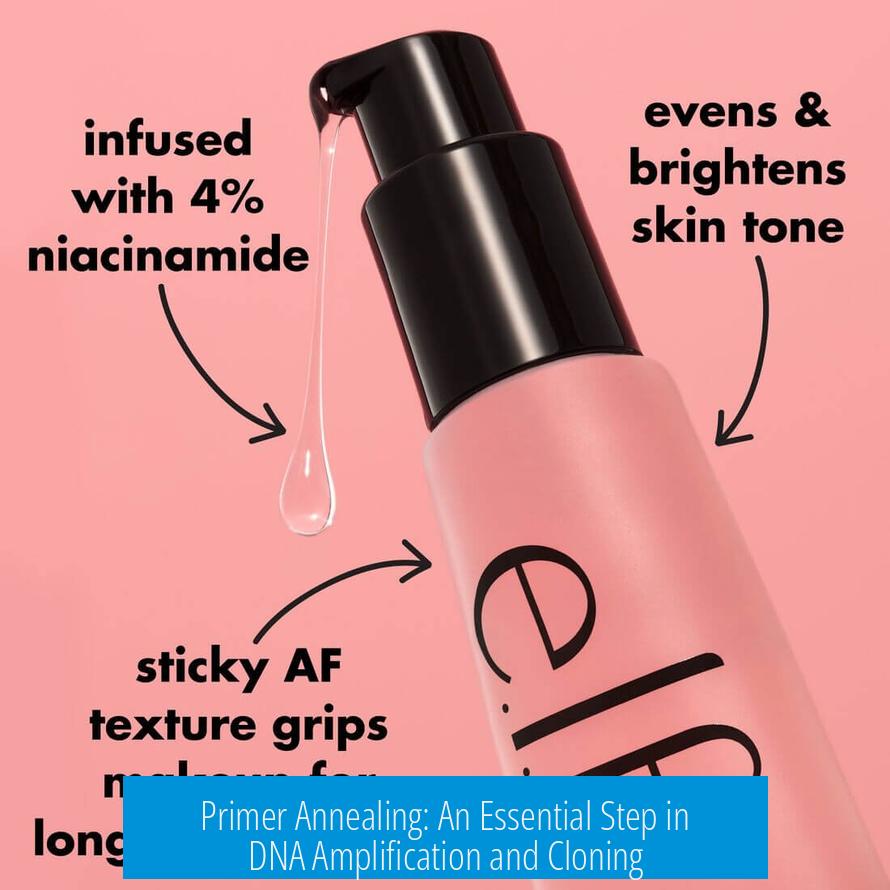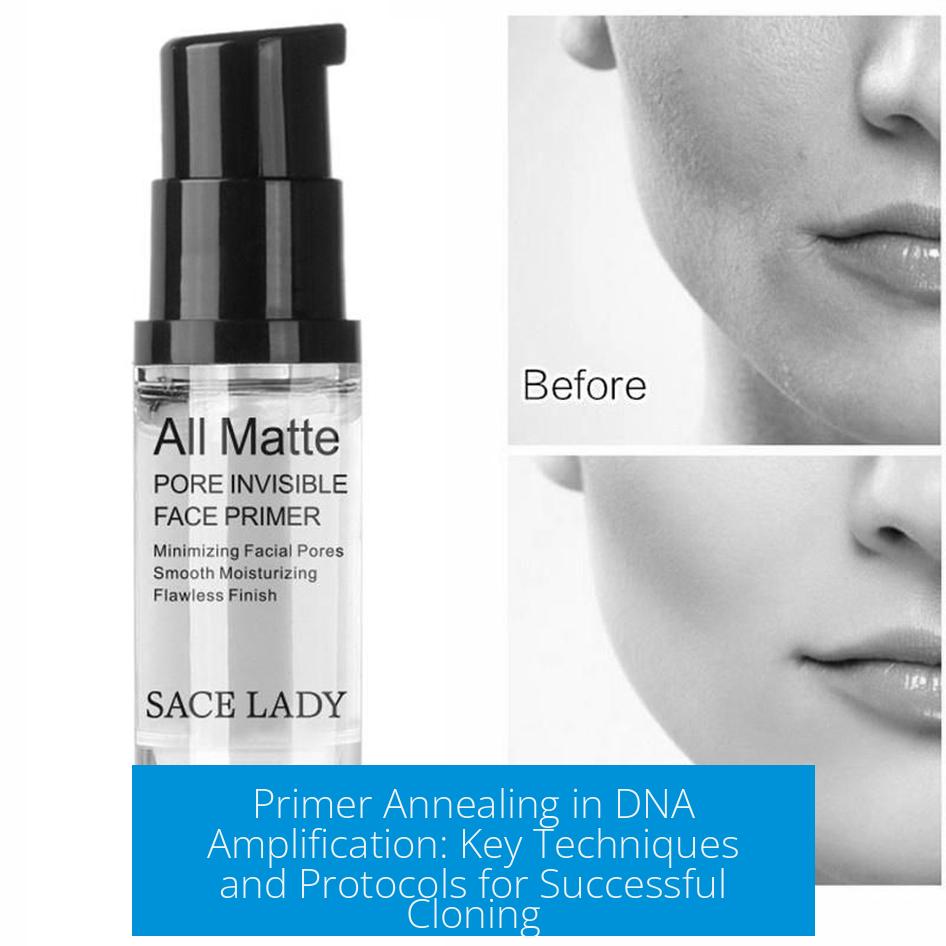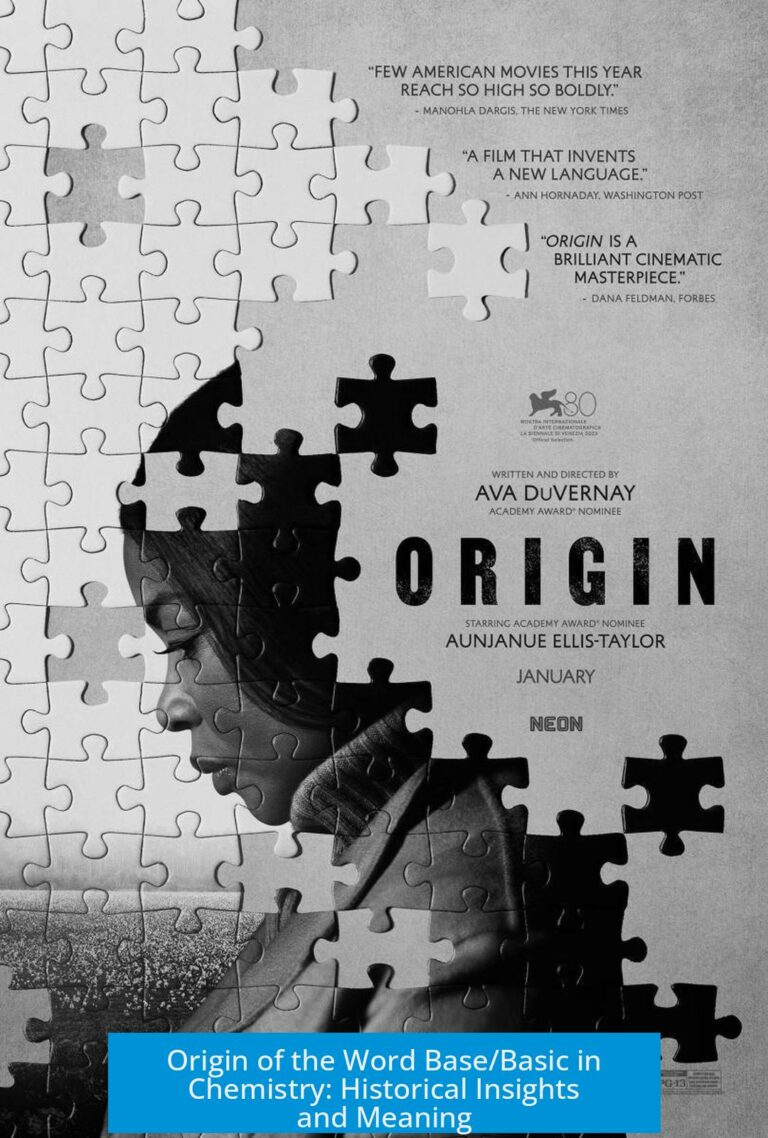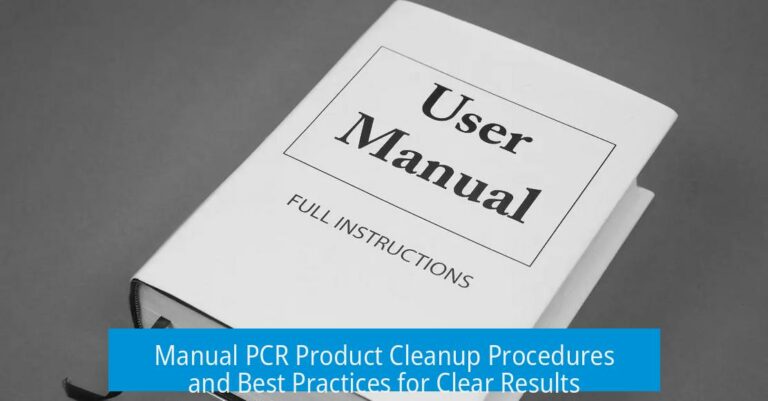Primer Annealing: An Essential Step in DNA Amplification and Cloning

Primer annealing is the process by which short DNA sequences, called primers, bind specifically to complementary sequences on a DNA template during molecular biology procedures. This event follows the denaturation step where double-stranded DNA (dsDNA) is separated into single strands. Proper annealing is critical to initiate DNA synthesis in techniques such as PCR and to facilitate cloning reactions involving oligonucleotides.
Primer Annealing to DNA Template
Annealing primers to a DNA template begins with denaturation. The DNA sample is heated typically to 94–98°C to separate its two strands. Upon cooling, primers pair with their complementary target sequences.
Optimal annealing temperatures depend on the melting temperature (Tm) of the primers. Commonly, annealing occurs near 60°C, but precise optimization is necessary based on primer length, GC content, and sequence. The annealing step ensures specificity and efficient priming.
Besides temperature, pH and ionic strength of the buffer influence annealing. Buffers containing appropriate salt concentrations stabilize the primer-template duplex. The pH generally remains near neutral (~7.5) to maintain DNA integrity and enzymatic activity.
Oligonucleotide Annealing for Cloning
Basic Method for Annealing Oligos
Oligonucleotides (oligos) can be annealed by heating a mixture containing the two complementary strands to 95°C for about 10 minutes. After heating, the mixture is allowed to cool slowly at room temperature. This gradual cooling encourages proper base pairing and duplex formation.
Verification of annealing is commonly performed using 2% agarose gel electrophoresis. Double-stranded oligos migrate differently from single strands, allowing researchers to confirm successful annealing before proceeding. This protocol is effective and widely used in cloning experiments.
Annealing with Phosphorylation Using T4 Polynucleotide Kinase (PNK)
Some cloning applications require 5’ phosphorylated primers for ligation into vectors. This is achieved by treatment with T4 Polynucleotide Kinase, which transfers phosphate groups to the 5’ ends of oligos.
- Prepare a reaction with primers (typically 3 μl each in a 100 μl volume), T4 PNK, and T4 ligase buffer.
- Incubate the mix at 95°C for 5 minutes to denature and separate strands.
- Slowly cool the mixture by placing the heated block on the bench, allowing oligos to anneal gradually.
- After annealing, dilute the oligos (e.g., 1:120) before use in ligation with a dephosphorylated vector.
This method supports generating artificial sticky ends that match cloning vectors, facilitating efficient ligation.
Step-by-Step Protocol for Annealing Oligos
- Resuspend Oligos: Prepare stocks at 100 μM concentration in specialized annealing buffer. Store at -20°C when unused.
- Prepare Annealing Mix: Combine 10 μl of each complementary oligo strand with 80 μl annealing buffer to reach a 10 μM final concentration.
- Heat and Cool: Preheat a heat block to 95°C. Place the oligo tubes inside and then switch off the heat block to allow gradual cooling. After 15 minutes, remove the block and let it cool further on the bench for 45 minutes.
- Use Annealed Oligos: The resulting double-stranded oligos are ready at 10 μM for ligation or further processing. They may be stored long-term at -20°C.
- Downstream Processing: Depending on the design, sticky ends may be produced. If so, proceed with ligation; otherwise, digest oligos before ligation.
Composition and Role of Annealing Buffer
The annealing buffer provides suitable chemical conditions for primer hybridization. Its typical formulation includes:
| Component | Concentration | Role |
|---|---|---|
| Tris (pH 7.5) | 10 mM | Maintains neutral pH for stability |
| EDTA | 1 mM | Chelates divalent cations, reducing nuclease activity |
| NaCl | 50 mM | Stabilizes duplex structure by ionic interactions |
Buffer preparation example for 40 mL:
- 39.12 mL milli-Q water
- 400 μL 1 M Tris pH 7.5
- 80 μL 0.5 M EDTA
- 400 μL 5 M NaCl
- Filter sterilize for purity
Factors Affecting Primer Annealing
- Melting Temperature (Tm): The temperature at which half of the DNA duplex dissociates influences the annealing temperature to ensure specificity and efficiency.
- Primer Design: Length, GC content, and sequence complexity affect binding strength and specificity.
- Buffer Conditions: Ionic strength and pH balance influence DNA duplex stability during annealing.
- Heating and Cooling Rates: Rapid cooling may cause mismatches; slow cooling promotes accurate pairing.
Assays to Confirm Annealing Efficiency
Agarose gel electrophoresis is a common method to assess whether primers or oligos have annealed properly. Double-stranded DNA migrates more slowly than single strands, producing a distinct band.
Successful annealed products show bands consistent with the expected size and increased molecular weight compared to single-stranded oligos. Fluorescent dyes or UV visualization facilitates detection.
Summary of Primer Annealing Key Points
- Primer annealing requires denaturation of template DNA and cooling near the primers’ Tm for specific binding.
- Oligonucleotide annealing for cloning typically involves heating to 95°C then slow cooling to allow duplex formation.
- Phosphorylation of oligos with T4 PNK before annealing prepares them for ligation by adding 5’ phosphates.
- Annealing buffer with Tris, EDTA, and NaCl supports stable hybridization conditions.
- Agarose gel electrophoresis verifies successful annealing prior to downstream applications.
- Optimization of annealing temperature and buffer conditions ensures reliability and specificity.
Conclusion
Primer annealing is a foundational step in molecular biology that initiates DNA synthesis and cloning. Mastery over annealing protocols, buffer conditions, and validation techniques supports high-fidelity amplification and efficient cloning. Understanding each parameter’s role enhances experimental success and reproducibility.
What temperature is ideal for primer annealing to a DNA template?
Annealing usually occurs around 60°C, but this depends on the primer’s melting temperature (Tm). You may need to optimize the temperature based on your primer design.
How can I confirm that my oligonucleotides have annealed correctly before cloning?
Use a 2% agarose gel to verify annealing efficiency. Proper annealing will show double-stranded DNA bands distinct from single-stranded oligos.
Why is phosphorylation with T4 Polynucleotide Kinase (PNK) important before annealing oligos for cloning?
PNK adds 5’ phosphates to primers. These phosphates enable ligation by forming phosphodiester bonds with the vector during cloning.
What is the recommended protocol for annealing oligos for cloning?
- Heat oligo mix at 95°C for 5-15 minutes.
- Allow slow cooling to room temperature, often by leaving tubes in a cooling metal block or on the bench.
- Check annealing by gel electrophoresis if needed.
What components are essential in the annealing buffer for oligos?
The annealing buffer contains 10 mM Tris (pH 7.5), 1 mM EDTA, and 50 mM NaCl. These maintain optimal pH and ionic strength for proper annealing.
How concentrated should the oligo mix be for annealing?
Resuspend oligos to 100 µM stocks, then mix equal volumes of top and bottom strands with annealing buffer to reach a final concentration of 10 µM each after annealing.





Leave a Comment